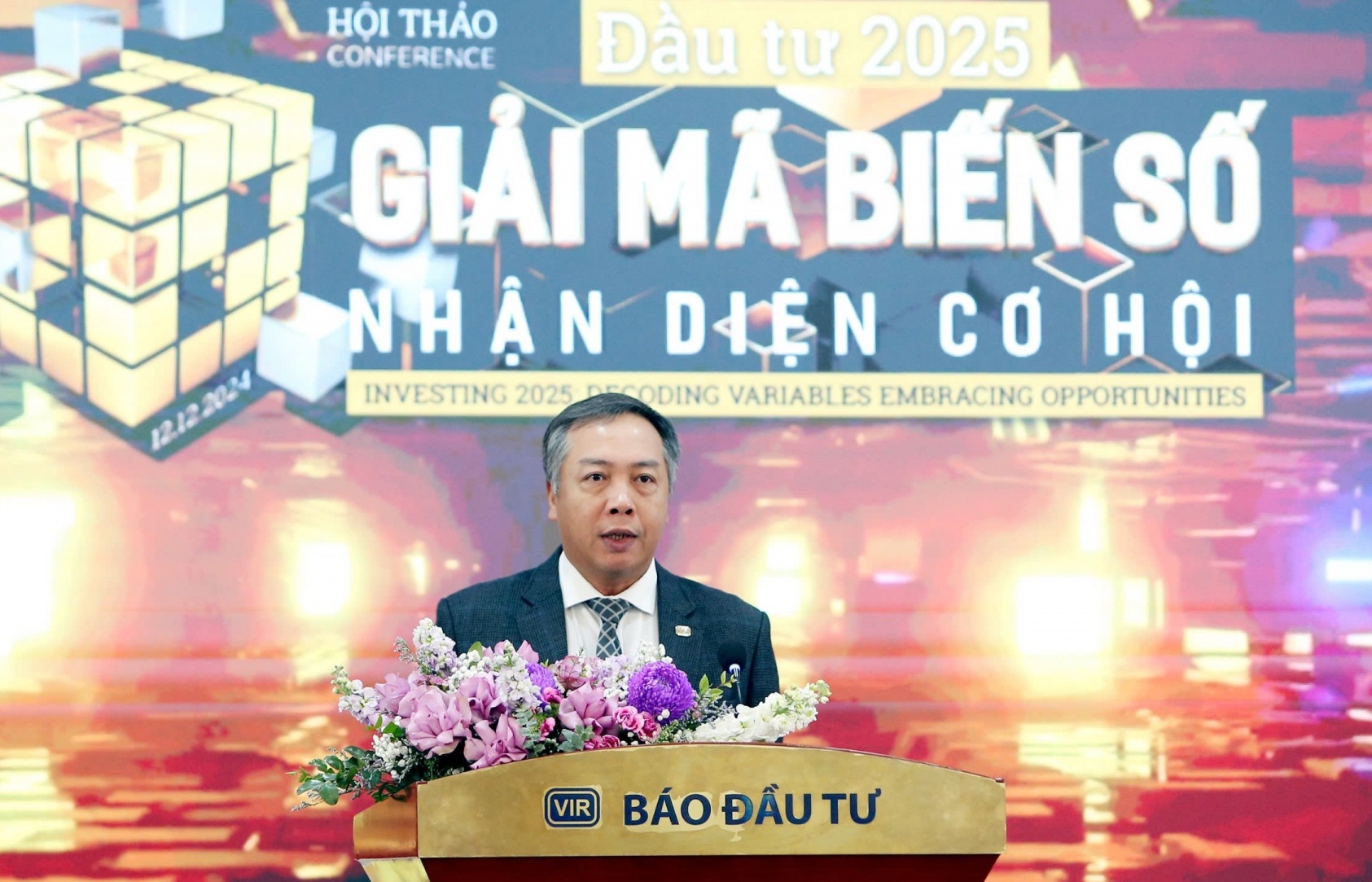Market wide open for a new M&A era
 |
| Singaporean sovereign wealth fund GIC’s capital injection into real estate developer Vinhomes was the biggest M&A deal in the year so far, Photo: Le Toan |
High expectations
The mergers and acquisitions (M&A) deal between Vietnam’s leading brewer Sabeco and Thai Beverage was a one-of-a-kind transaction that, on its own, contributed some $5 billion to the total M&A value of $10.2 billion recorded in Vietnam last year. While such a deal may not pop up on the horizon very often, the country may expect similar or even bigger M&A deals to arrive from the 92 per cent of state capital that has, to date, not been divested from state-owned enterprises (SOEs), as well as from the growth in the Vietnamese private sector.
In his opening remarks at last week’s press conference to announce the upcoming 10th Vietnam M&A Forum (MAF) on August 8, VIR editor-in-chief and head of the MAF Organising Board Le Trong Minh noted that since the enactment of the government policy for equitisation some 20 years ago, only 8 per cent of state capital at SOEs has so far been sold, leaving 92 per cent untapped by investors.
“This promises great potential for M&A in these SOEs,” Minh said. “The rise of the private sector, with its rapid development, has also opened up a new path for M&A activities in Vietnam, with great expectations for both the volume and value of deals to take place in the near future.”
CEO of Deloitte Vietnam Pham Van Thinh commented in an interview last week that the supply for M&A activities is “plenty”, and “it is just a matter of how we are preparing to facilitate the M&A deals”.
“Looking at the government’s equitisation plan for the period of 2017-2020, there are about 400 SOEs to be equitised. Equitisation, however, is simply the first step of the preparation needed for M&As,” Thinh told VIR.
According to Thinh, in any SOE equitisation process, the initial public offering (IPO) will take place first, followed by the search for a strategic investor. Through the IPO, there will be a very small number of shares offered to the public, and investors who take up these shares are often individual investors rather than institutional ones, with little to no voting power as to the operation procedures of the enterprise. It is therefore the second stage that is counted as part of an M&A.
Appetite for M&A
Vietnam has emerged as a destination for both direct and indirect investment from foreign investors and the appetite for investment via the M&A route has never been underestimated. Copious M&A deals in the fields of finance and banking, real estate, manufacturing, and retail have, so far, quenched the thirst of these investors.
Japanese and Korean seem to be the most active investors in the local financial market, including transactions such as Shinhan Bank buying out ANZ’s retail arm, KB Securities acquiring Maritime Securities, or Vietnam Investment Securities Company merging with Japan Securities Incorporated.
According to Matthew Powell, director of Savills Hanoi, real estate within particular subsectors, including industrial, office, and residential development, is of most interest to investors at present. Japanese investors, in addition, are paying special interest to large new urban areas (large-scale residential and commercial developments), with Danang and Nha Trang being two popular destinations.
“Hospitality is still very hot, as tourism numbers continue to increase, so that will still be very much of interest [among foreign investors],” Powell explained on the sidelines of the press conference. “Industrial realty is also very hot at the moment and the office sector will continue to be very popular as well, but there are limited opportunities for foreign investors to buy the completed office buildings.”
Currently, Powell added, he sees predominantly Asia-Pacific investors, led by Japan and South Korea, along with Chinese leading the pack of those investing in the local real estate sector.
“Thailand is quite active in Vietnam, particularly in the real estate, retail, and hospitality sectors,” Powell said. “Then we get into some of the institutional groups: US-based fund Warburg Pincus going into Vincom Retail and also getting into the industrial platform with BW Industrial. Those types of institutional funds are quite active and they would be sort of global-institutional money,” Powell said.
Asked about the limited presence of US and EU investors across the local M&A scene, Powell said that these investors could be struggling with issues such as transparency and similarity, while Asia Pacific funds have the advantage of having been exposed to the market from an early stage of development. “Singaporean funds have been here for 20-30 years, they’re extremely familiar with the access, the contacts, and a lot of different things,” said Powell.
“If you look at Warburg Pincus, they’ve been active here for perhaps 5-10 years. So they [the US and EU funds] are coming and finding that transparency and corporate governance for certain groups have definitely been increasing.”
As these investors could be coming to Vietnam in the near future, they will need to be quite persistent, aggressive, and opportunistic, at least when it comes to asset-based deals which need to be quickly reacted to and where decisions have to be made before they are gone.
Deputy general director of the Korea Trade-Investment Promotion Agency Michael DC Choi shared that as the agency is foreseeing a wave of South Korean investment flowing into Vietnam through M&A activities to capitalise on Vietnam’s manufacturing capability and growing middle class, it is moving its Southeast Asia headquarters to Hanoi, with a new office to be opened in the central city of Danang. Both openings will occur on August 1.
“More South Korean corporations will come to look for opportunities in various industries here in Vietnam,” he told VIR.
| The 10th Vietnam M&A Forum 2018 Organised by VIR and AVM Vietnam, the 10th Vietnam M&A Forum will take place at Gem Center in Ho Chi Minh City on August 8. Under the theme “New Thrust, New Era”, the forum this year will look back at 10 years of M&A activities in Vietnam, as well as host discussions of new opportunities in the next era. The forum includes the following activities: the M&A Forum with speeches and panel discussions from leading experts from Vietnam and overseas, a Gala Dinner to honour the best deals in 2017-2018 and throughout the decade, the M&A Special Publication, and an M&A Masterclass. |
So far, so good
Vietnam’s M&A activities in 2018 and in subsequent years are expected to carry on the momentum seen in the past decade, with the first half of 2018 witnessing a growth of 155 per cent in deal value compared to the same period last year.
Data by the MAF showed that for the first half of 2018, the value of M&A transactions reached $3.55 billion, notably $1.3 billion from Singapore’s sovereign wealth fund GIC to real estate developer Vinhomes, and $922 million from various investors to commercial bank Techcombank. In 2017, Vietnam achieved a record-high M&A volume of $10.2 billion, a 175 per cent increase on-year.
In addition to the aforementioned Sabeco deal, the M&A landscape also witnessed significant transactions over the past few years, including Singapore’s Fraser and Neave Ltd. (owned by TCC Assets and ThaiBev) spending over VND56 trillion ($2.47 billion) on a 19.06 per cent stake in Vinamilk; Thailand’s Central Group acquiring Big C for $1.05 billion; and Thai brewing company Singha Asia Holding pouring $1.1 billion into Masan Group.
Over the course of the year, Vietnam has also seen its local businesses grow in quantity and quality, with a number of enterprises, having a specific appetite for M&A, getting bigger and stronger. Examples of this are Vinamilk buying Khanh Hoa Sugar JSC, FPT acquiring Intellinet, and Vinfast taking over GM Vietnam. The parent of Vinfast, Vingroup has expanded through a great number of M&A deals in real estate, retail, hospitality, automobile, logistics, and other sectors.
“As per our estimation, M&A value in 2018 could reach as high as $6.5 billion, equivalent to 63.7 per cent of the 2017 business year,” said Dang Xuan Minh, founder and managing director of AVM Vietnam. “In the medium term, the scale of the M&A market could break through the peak of $5 billion in the 2014-2016 period to stabilise at $6-6.5 billion in the coming years.”
“We see M&A activities as an increasingly important channel to draw capital into the economy,” Deloitte’s Thinh concluded. “M&As have indeed helped local enterprises to attract a reasonably large amount of funds from investors, and this also helps them in reorganising their operations for further development.”
What the stars mean:
★ Poor ★ ★ Promising ★★★ Good ★★★★ Very good ★★★★★ Exceptional
 Tag:
Tag:
Related Contents
Latest News
More News
- VIR event to hear expert views on investing for 2025 (December 11, 2024 | 15:41)
- Google to make its debut in Vietnam (December 06, 2024 | 19:10)
- Nvidia to build two AI centres in Vietnam (December 06, 2024 | 15:27)
- Vietnam poised to lead Southeast Asia's e-commerce revolution (December 03, 2024 | 17:36)
- Economy on track to end year on upbeat note: UOB (December 03, 2024 | 08:46)
- Manufacturing sector remains in growth territory (December 02, 2024 | 16:21)
- More vigorous 2025 in sight for M&A deals (December 02, 2024 | 10:30)
- M&A market set to boom again in 2025 (November 28, 2024 | 10:40)
- Vietnam M&A Forum 2024 reveals new opportunities (November 27, 2024 | 15:42)
- Pathways for transitioning to EVs in Vietnam (November 26, 2024 | 13:54)





















 Mobile Version
Mobile Version